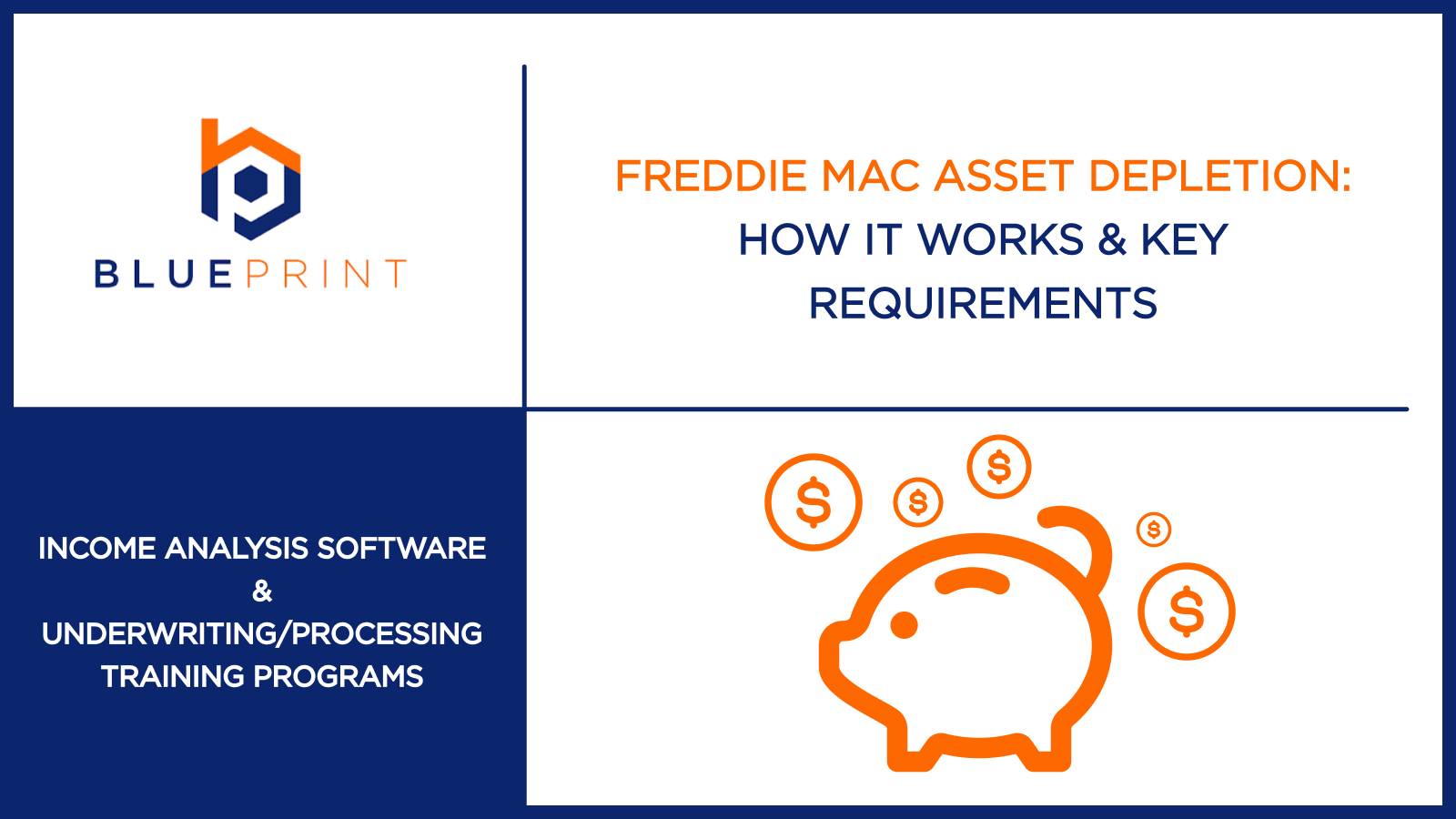
Freddie Mac Asset Depletion: How It Works & Key Requirements
For borrowers who may not have enough traditional income to qualify for the mortgage, Freddie Mac provides an alternative path: converting eligible assets into monthly

For borrowers who may not have enough traditional income to qualify for the mortgage, Freddie Mac provides an alternative path: converting eligible assets into monthly
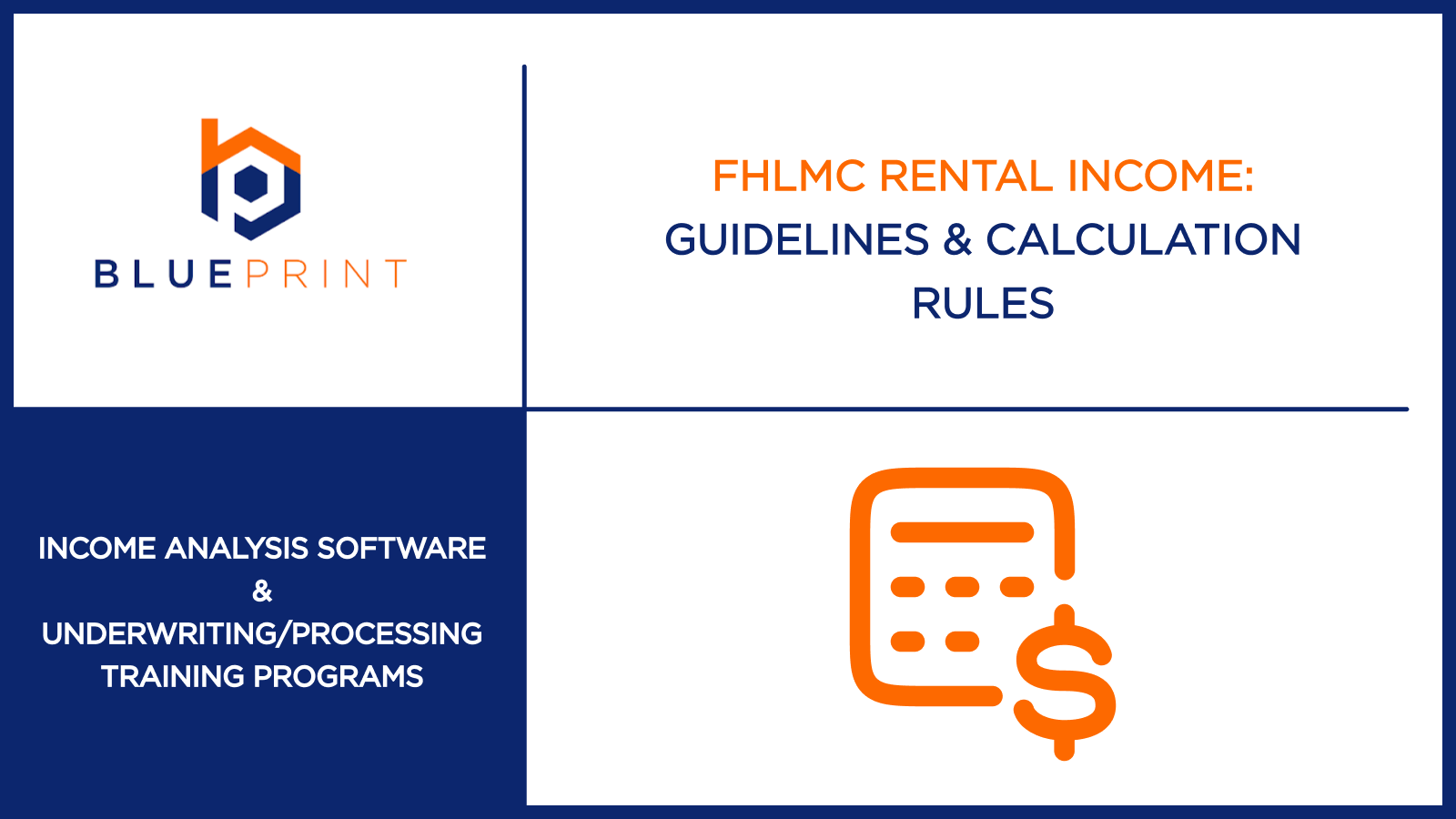
Rental income plays a crucial role in the mortgage application process, especially when borrowers rely on income from investment properties or rental units to qualify.
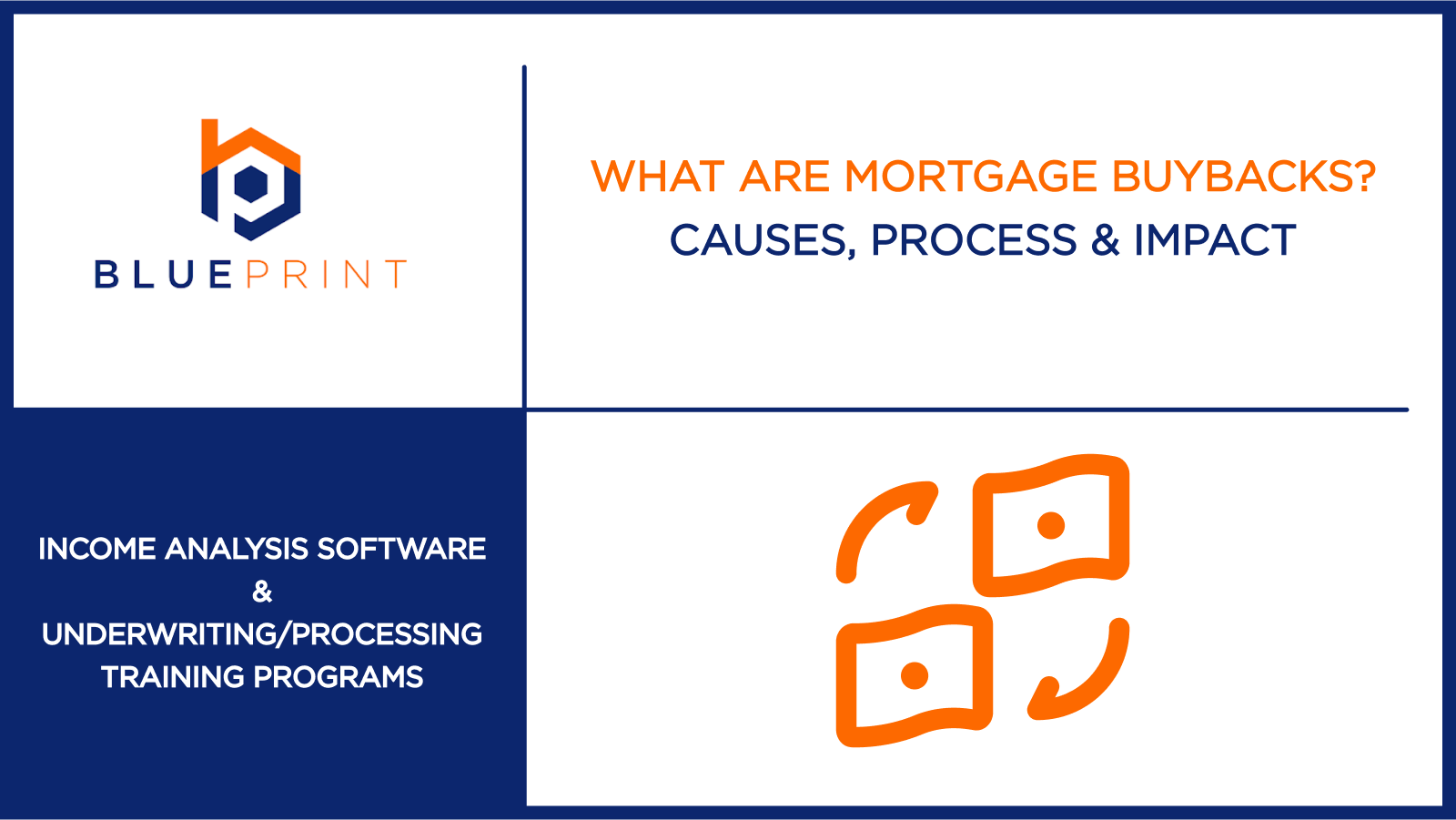
Mortgage buybacks can be a substantial challenge for mortgage lenders because they can cut into their profits. When a seemingly secure loan sold into the
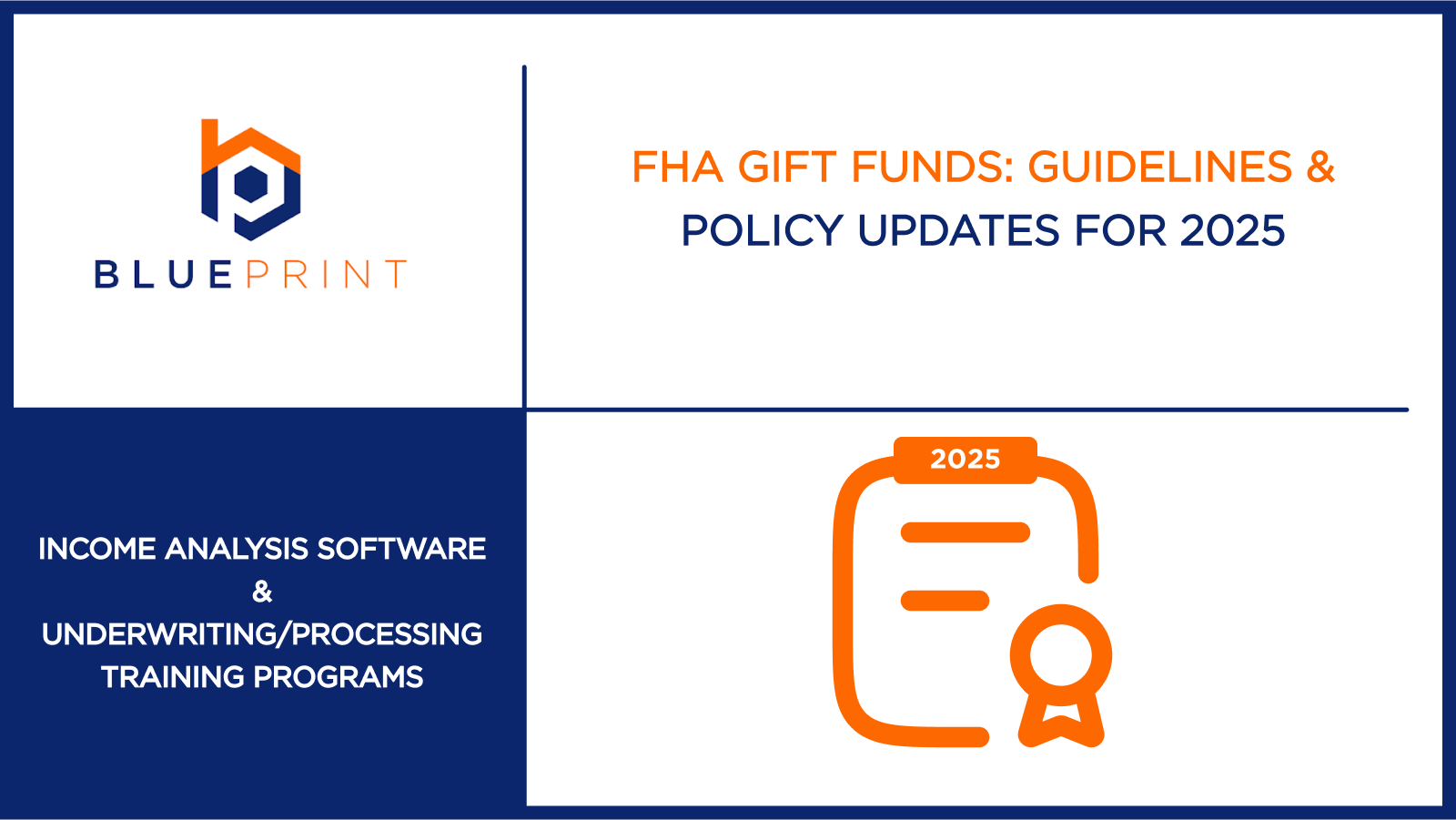
In 2025, the Federal Housing Administration (FHA) continues to make homeownership accessible to first-time homebuyers and buyers with limited funds in their savings accounts. One

Repurchase demands, documentation delays, and inconsistent underwriting still challenge even the most efficient lending teams. Day 1 Certainty is designed to fix that. By verifying

Mortgage underwriting contains complex income qualification standards, especially for rental properties. Fannie Mae, as one of the nation’s leading mortgage purchasers, establishes specific guidelines that

Gift funds can be a valuable tool for helping borrowers meet down payment and closing cost requirements, especially when liquidity is a barrier to homeownership.
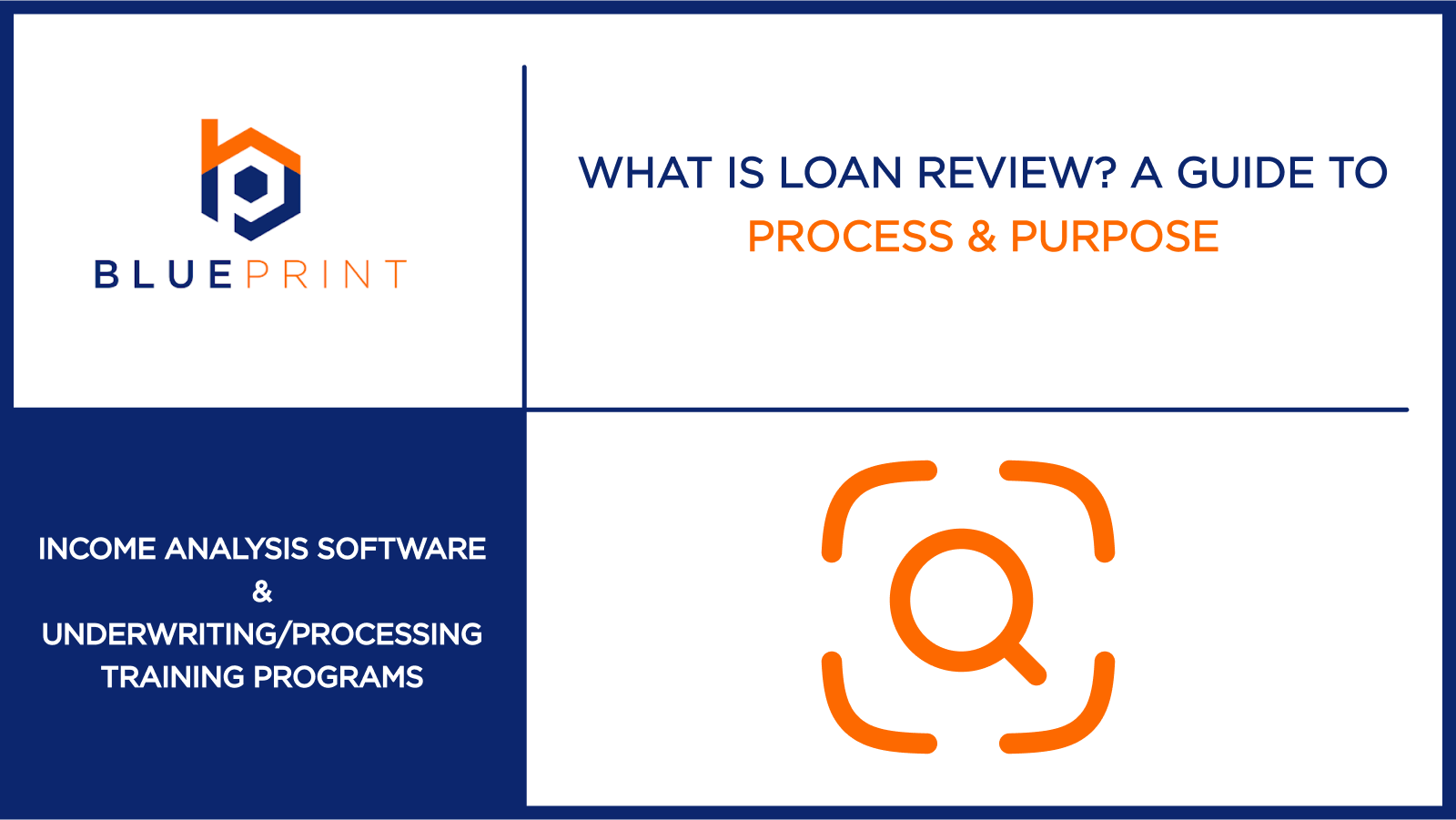
Loan review is a critical quality control mechanism for financial institutions. This systematic examination process evaluates loan portfolios, identifies potential weaknesses, and ensures regulatory compliance.
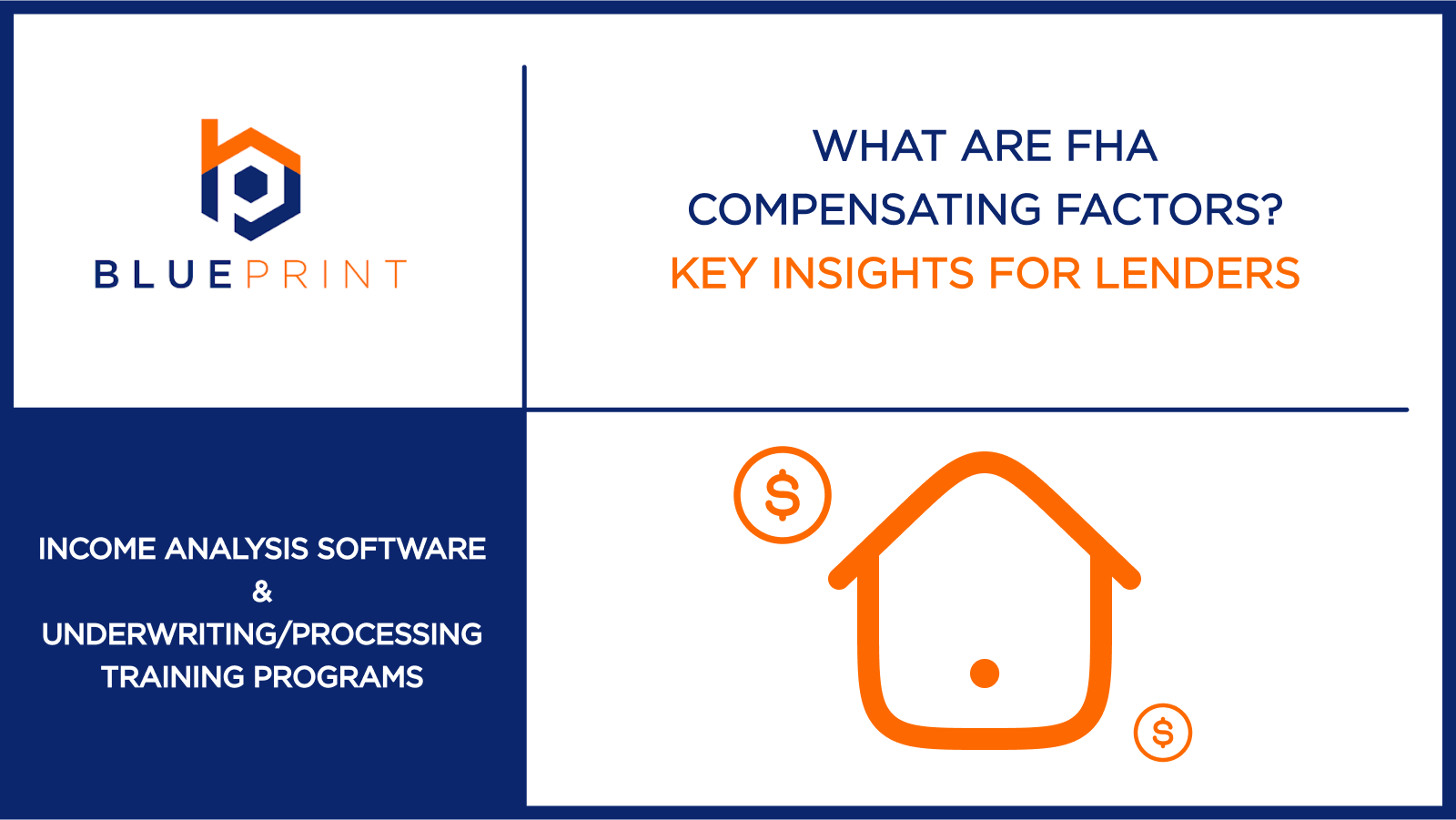
FHA loans provide a way to homeownership for Americans who don’t qualify for conventional financing. While these government-backed Federal Housing Administration loans offer flexible qualification
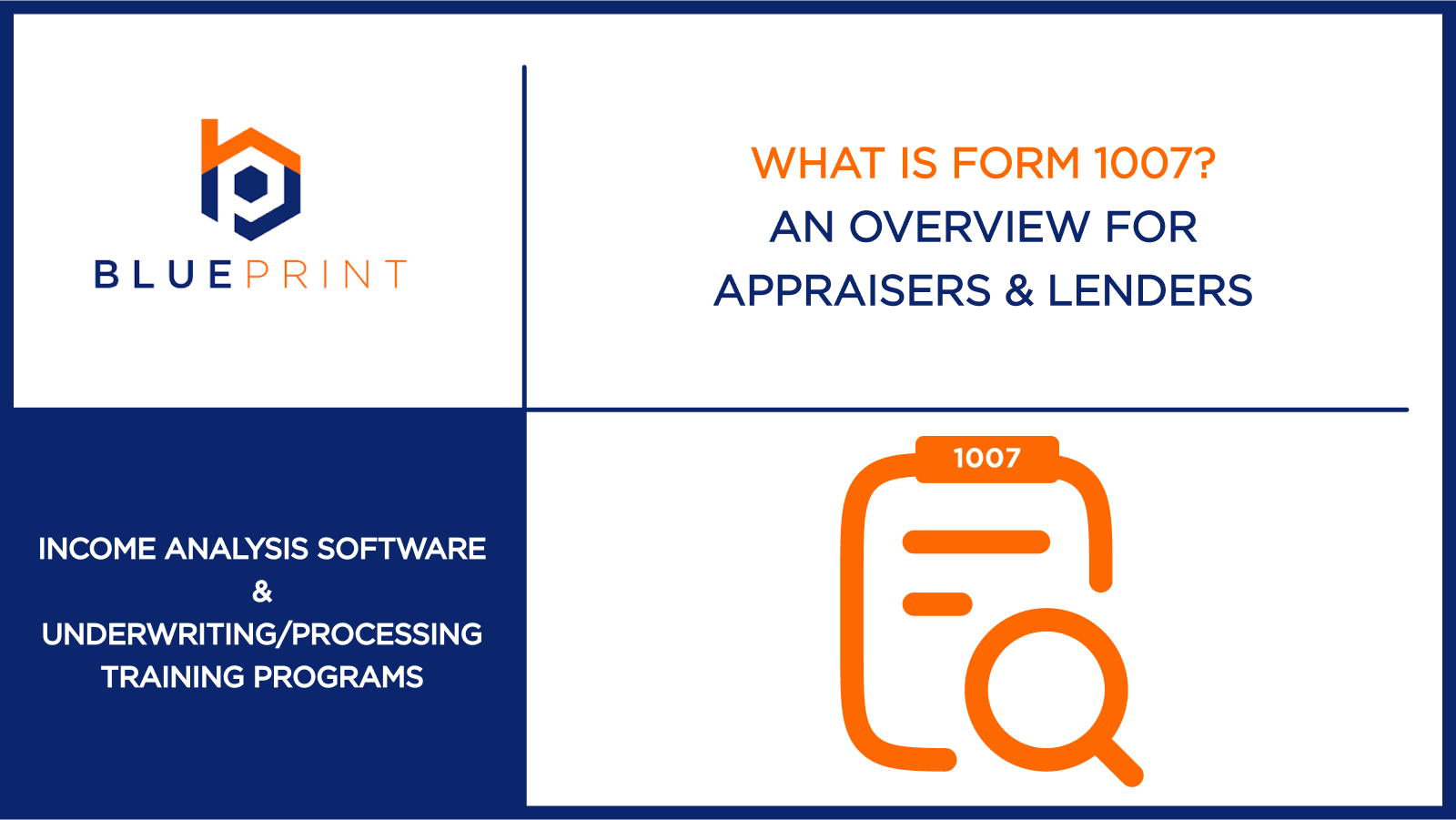
Fannie Mae’s Form 1007, formally known as the Single-Family Comparable Rent Schedule, is a vital document in the appraisal process for investment properties, particularly one-unit
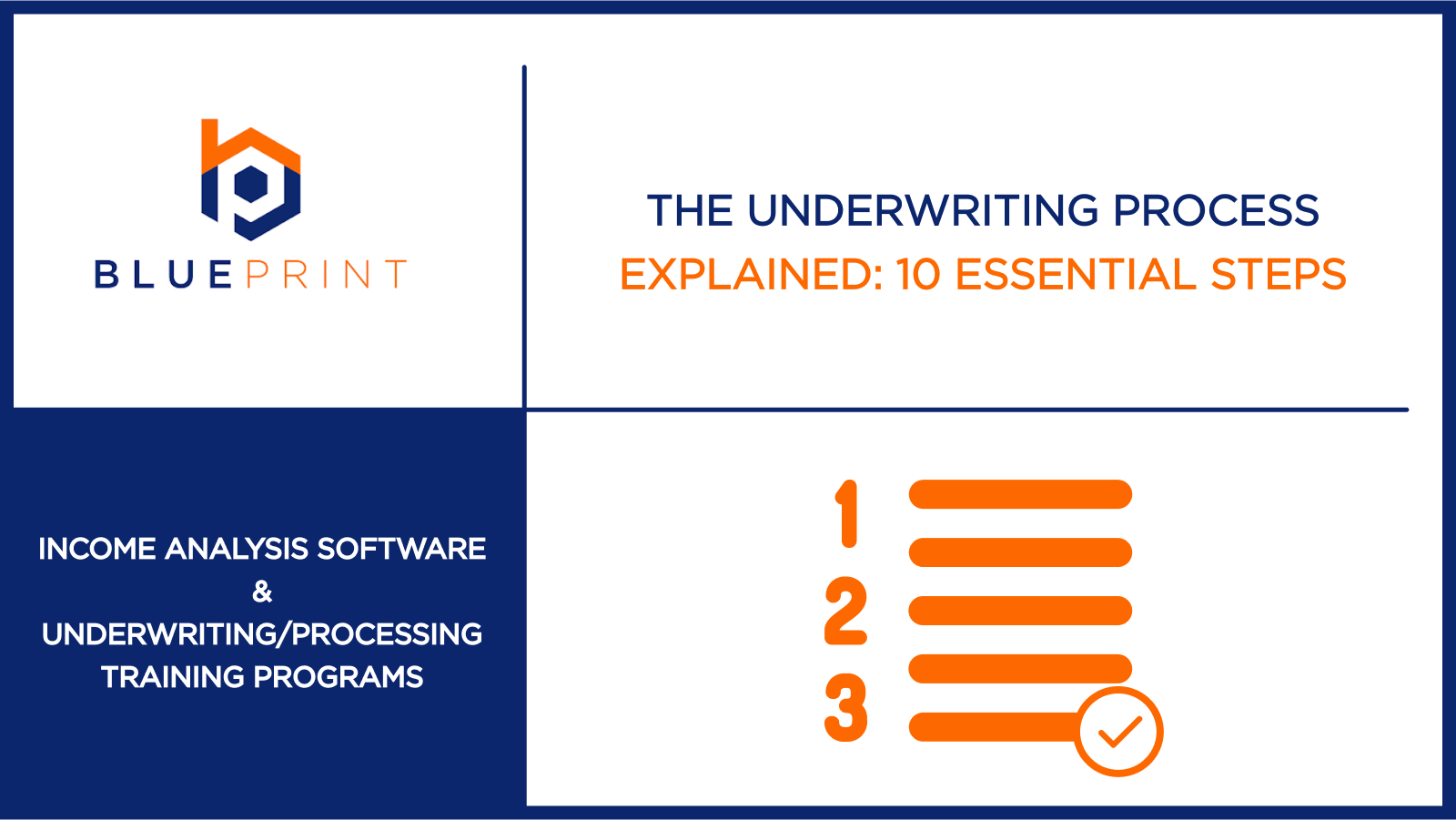
As a lender, the mortgage underwriting process is one of the key components of your lending operations. If you’re making loans for home purchases, refinancing
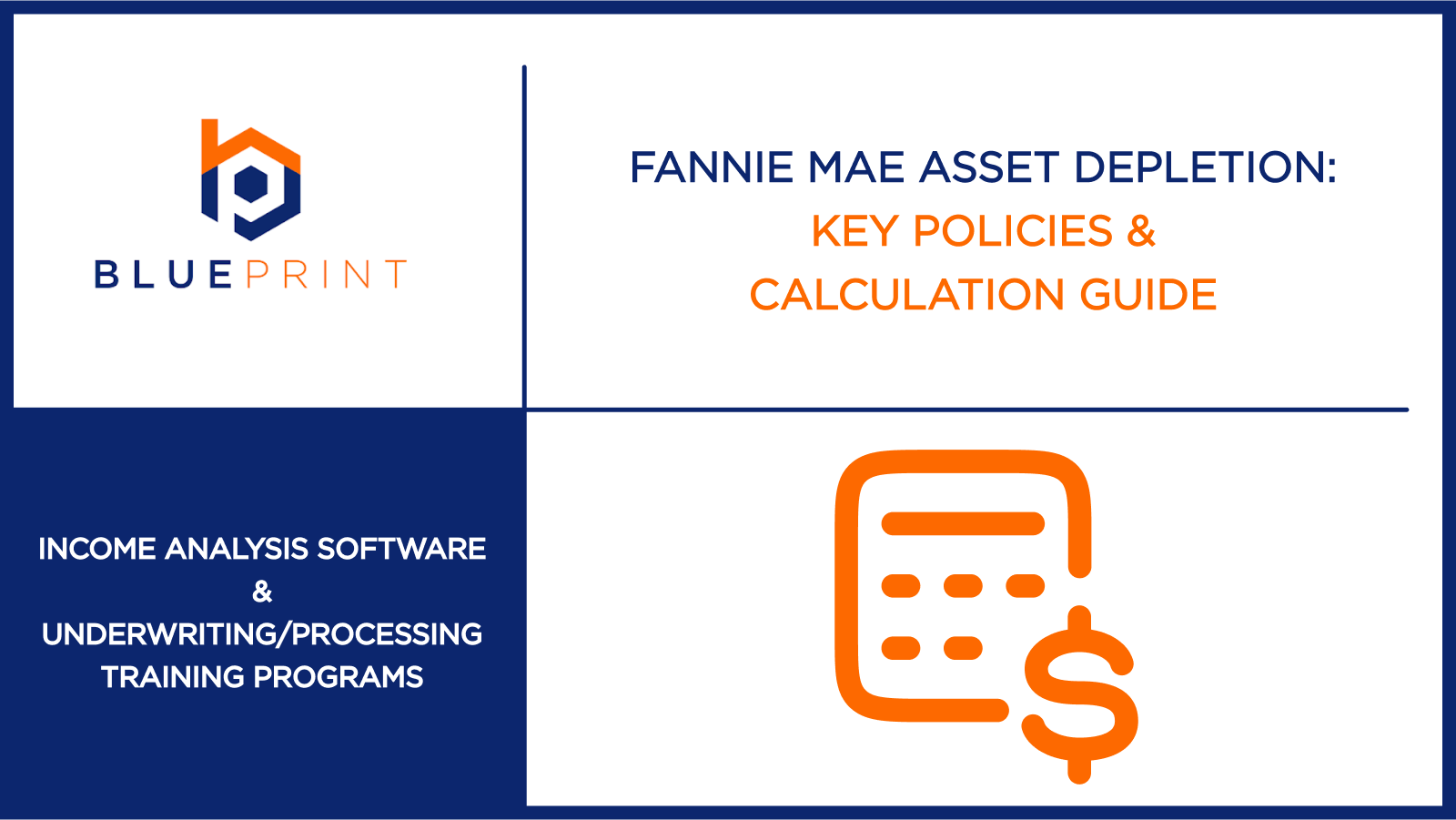
Assessing borrowers with substantial accessible liquid assets but limited recurring income can present unique underwriting challenges. Fannie Mae’s asset depletion program offers lenders a way

Artificial intelligence (AI) is dramatically changing how we do our daily work, but what is the right use for mortgage lending? AI and Machine Learning
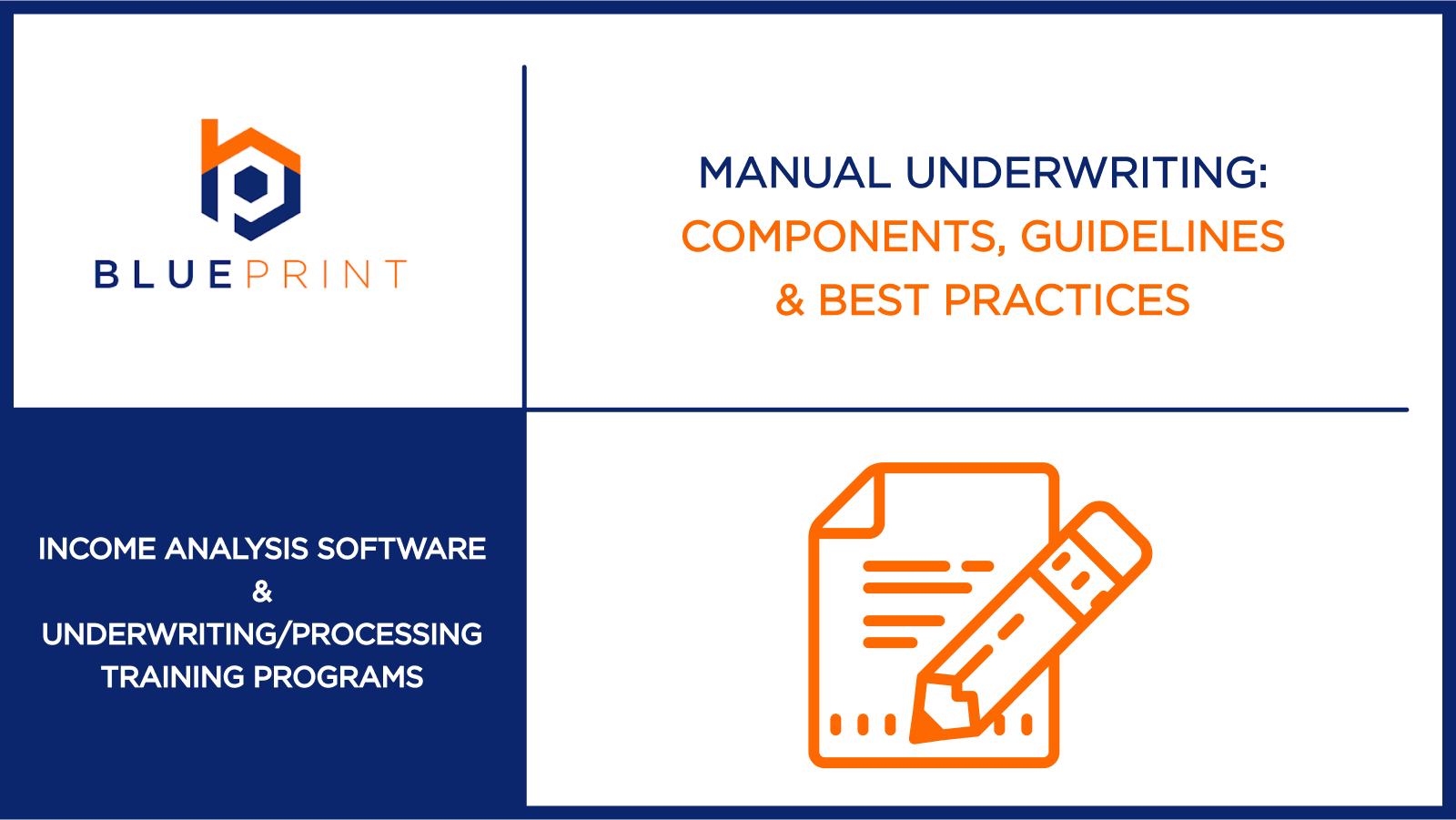
Manual underwriting remains a key part of the mortgage approval process when borrowers fall outside the parameters of automated underwriting systems (AUS)—such as those with
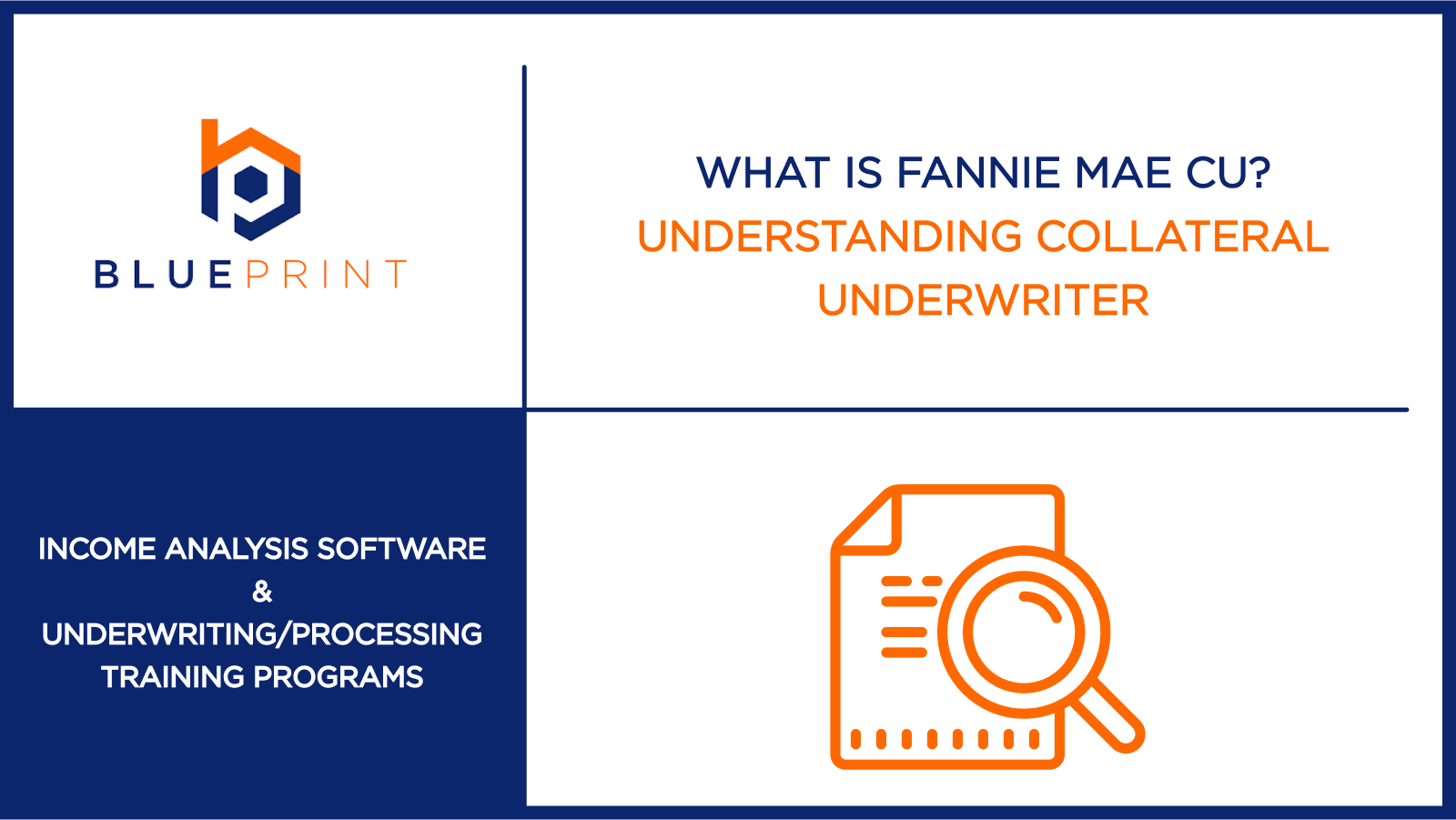
As mortgage lending practices continue to change, the need for accurate property valuations has never been more important. To reduce risk and maintain sound lending